It’s summer here in Australia and not too far from me is a gorgeous lotus plantation and nursery. They are only open for a few months and then closed again once the lotus have stopped flowering. It’s a magical place to wander, a little lost in your thoughts and capture the beauty with your camera.
What’s so unique about the lotus?
.mgl-tiles { display: none; } #mgl-gallery-63de63ddbaf8d { margin: -2.5px; width: calc(100% + 5px); } #mgl-gallery-63de63ddbaf8d .mgl-box { padding: 2.5px; } @media screen and (max-width: 768px) { #mgl-gallery-63de63ddbaf8d { margin: -2.5px; width: calc(100% + 5px); } #mgl-gallery-63de63ddbaf8d .mgl-box { padding: 2.5px; } } @media screen and (max-width: 460px) { #mgl-gallery-63de63ddbaf8d { margin: -2.5px; width: calc(100% + 5px); } #mgl-gallery-63de63ddbaf8d .mgl-box { padding: 2.5px; } }
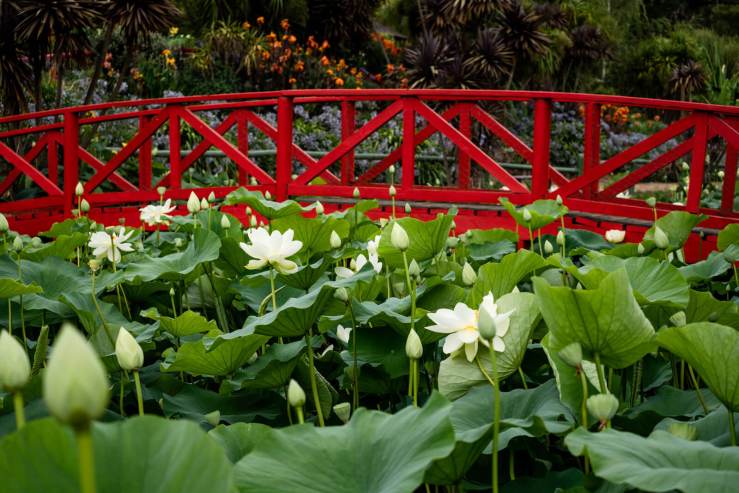
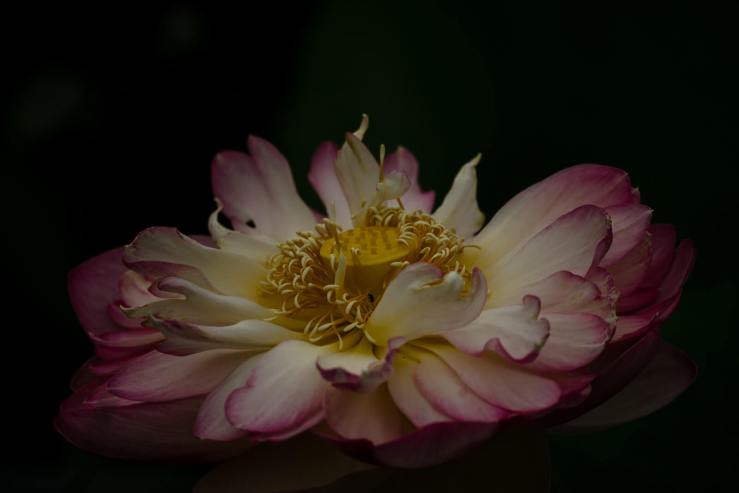
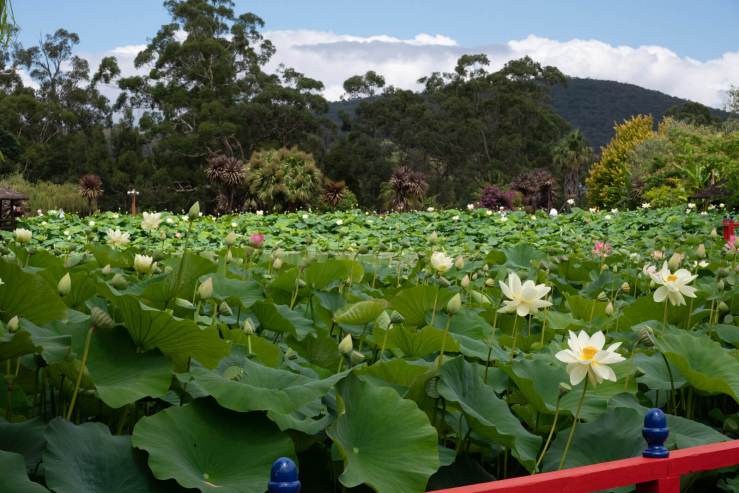
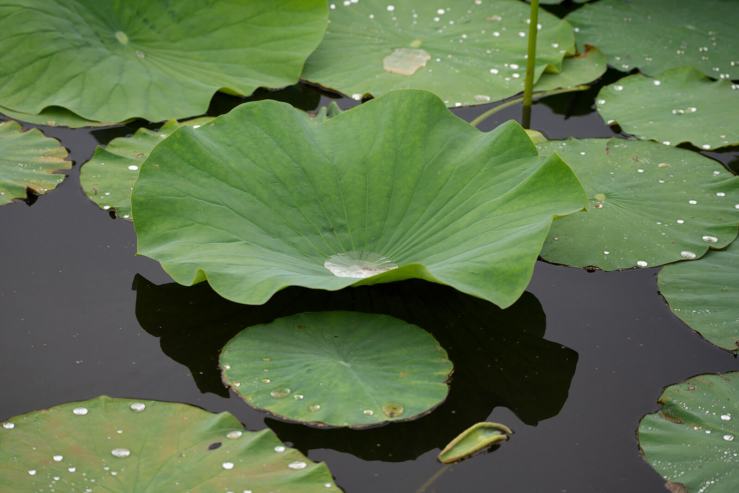
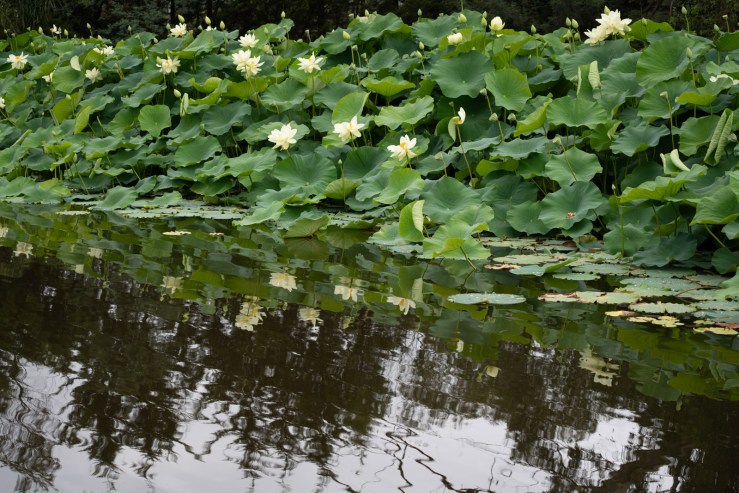
The lotus is unlike any other plant. With its roots firmly attached in mud, it submerges every night into the water and miraculously re-blooms the next morning, sparklingly clean. In many cultures, this process associates the flower with rebirth and spiritual enlightenment. With its daily process of life, death, and reemergence, it’s no wonder that the lotus holds such symbolism. It is a sacred flower in many eastern cultures and is seen by some as divine figures.
For the Egyptians, the flower represents the universe. In Hindu culture, it is said that gods and goddesses sat on lotus thrones. And a Buddhist story states that the Buddha appeared atop a floating lotus, and his first footsteps on Earth left lotus blossoms. They are also seen as a sign of purity and coming through difficult times.
There are two main types of lotus, the Sacred Lotus and the Yellow Lotus. All parts of the lotus can be eaten and are often found in teas and herbal recipes. The leaves can also repel water and debris and make terrific umbrellas.
Water lilies
.mgl-tiles { display: none; } #mgl-gallery-63de63ddbc1c7 { margin: -2.5px; width: calc(100% + 5px); } #mgl-gallery-63de63ddbc1c7 .mgl-box { padding: 2.5px; } @media screen and (max-width: 768px) { #mgl-gallery-63de63ddbc1c7 { margin: -2.5px; width: calc(100% + 5px); } #mgl-gallery-63de63ddbc1c7 .mgl-box { padding: 2.5px; } } @media screen and (max-width: 460px) { #mgl-gallery-63de63ddbc1c7 { margin: -2.5px; width: calc(100% + 5px); } #mgl-gallery-63de63ddbc1c7 .mgl-box { padding: 2.5px; } }
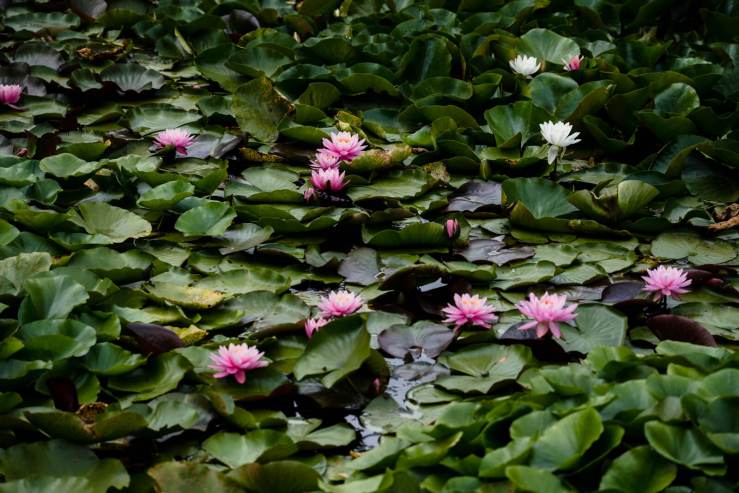
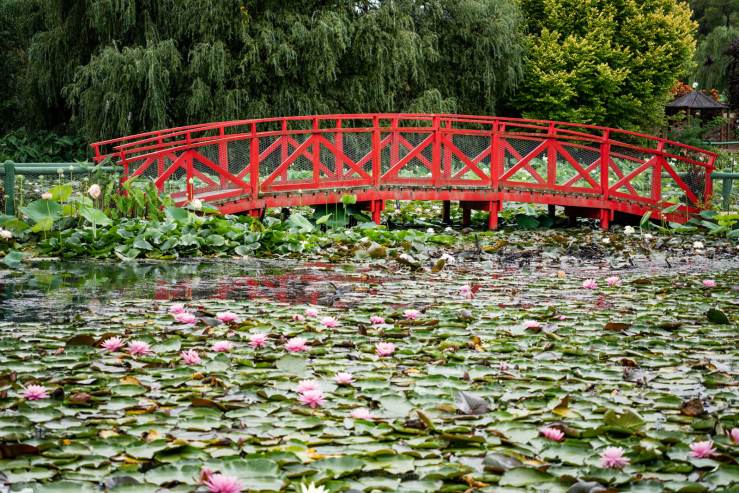
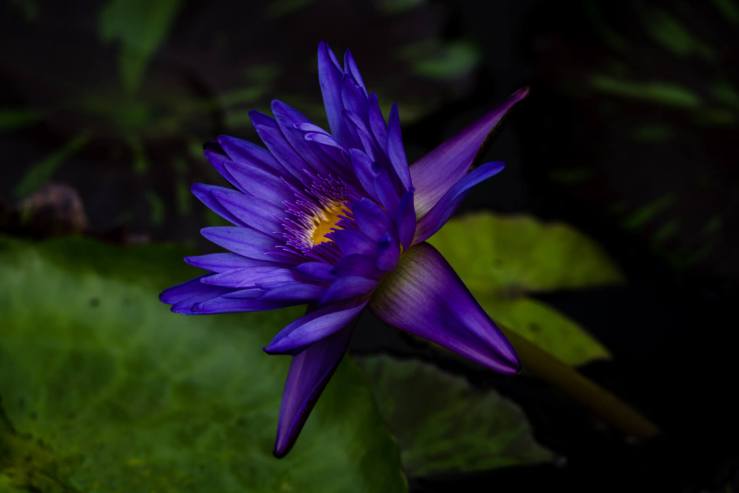

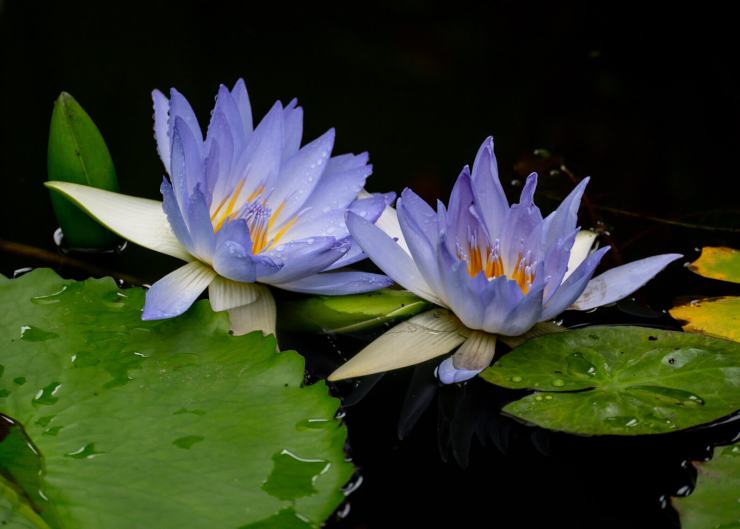
Water lilies are also held in high regard in many cultures and they are so many varieties and colors available. Unlike the lotus lily and lily pad leaves stay on the water’s surface. Often confused with lotus, but just as beautiful. The gardens I visited had both. Water lilies are often featured in many famous works of art, one of my favorites being Claude Monet’s Water Lilies.
The best way to capture these flowers
Many people think when first trying to capture the majesty of these flowers is to pack a macro lens. Many find that can be a big mistake. These flowers are in fact quite large, some measuring as much as 20 — 30 cm across. You could capture some up-close details with a macro if you could get close enough. The next point being is that I have found many of these blooms are not that close at all. There may be a few on the water’s edge but with such muddy water edges, it can be troublesome getting that close and keeping your feet (and everything else) dry.
I took my Tamron 70-300mm and at 70mm I was able to get some lovely overall shots, but with the 300mm, I could get some amazing close-ups. I also took my Vello extension tubes, which allowed me to capture gorgeous macro-styled images, where I could get close. Remember when using a zoom to you need to keep your shutter 1.5x the length of the lens. I used AP Mode with a minimum shutter speed of 1/1000 second, and my aperture mostly at f/5.6 (the minimum my lens would go at 300mm). This allowed me to capture the details and as the wind was occasionally gusty the action of the wind-swept petals.
.mgl-tiles { display: none; } #mgl-gallery-63de63ddbdc41 { margin: -2.5px; width: calc(100% + 5px); } #mgl-gallery-63de63ddbdc41 .mgl-box { padding: 2.5px; } @media screen and (max-width: 768px) { #mgl-gallery-63de63ddbdc41 { margin: -2.5px; width: calc(100% + 5px); } #mgl-gallery-63de63ddbdc41 .mgl-box { padding: 2.5px; } } @media screen and (max-width: 460px) { #mgl-gallery-63de63ddbdc41 { margin: -2.5px; width: calc(100% + 5px); } #mgl-gallery-63de63ddbdc41 .mgl-box { padding: 2.5px; } }
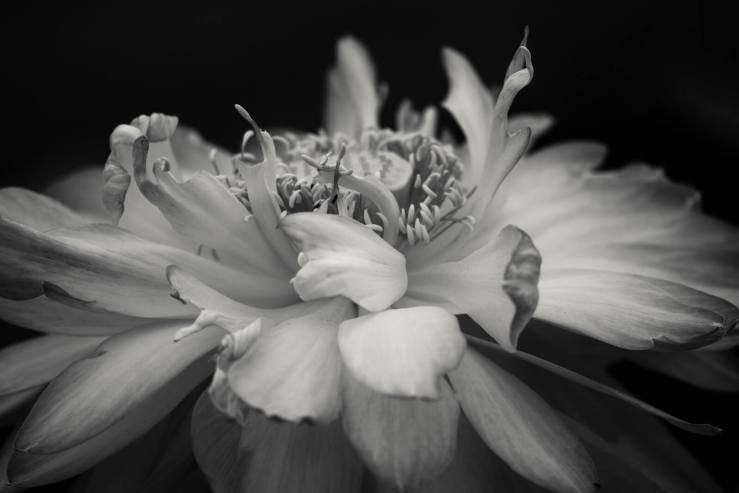
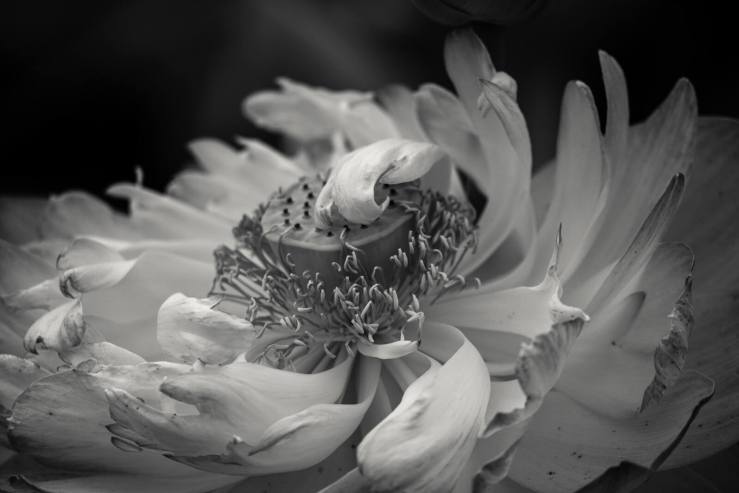
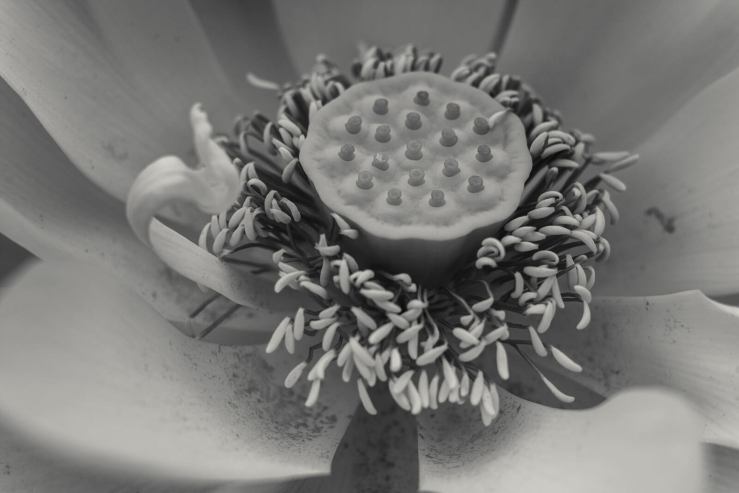
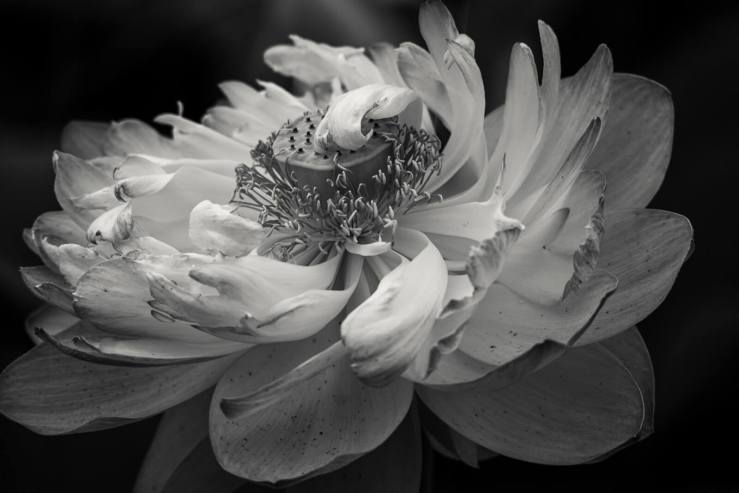
I also went for some more dark and moody artistic images in black and white. I adored the wind-swept look of the dying petals. Every part of the flower from the bud through to the opening blossoms the dying petals and the seed pod is extraordinary, as well as the leaves. Such a beautiful plant to capture and examine.
When is the best time to visit?
Here in Australia, it is the Summer months from late December until April. Early in the season, the flowers are few, but later we went in late January there were thousands. Also, something to take into consideration is the weather. as these flowers are in large ponds there is little shelter, so hot sunny days are not ideal. We chose a cool cloudy, overcast day. Using the clouds as a diffuser to capture our flowers in stunning light. Too much sun is drastic for soft lighting and leaves strong shadows.
.mgl-tiles { display: none; } #mgl-gallery-63de63ddbea20 { margin: -2.5px; width: calc(100% + 5px); } #mgl-gallery-63de63ddbea20 .mgl-box { padding: 2.5px; } @media screen and (max-width: 768px) { #mgl-gallery-63de63ddbea20 { margin: -2.5px; width: calc(100% + 5px); } #mgl-gallery-63de63ddbea20 .mgl-box { padding: 2.5px; } } @media screen and (max-width: 460px) { #mgl-gallery-63de63ddbea20 { margin: -2.5px; width: calc(100% + 5px); } #mgl-gallery-63de63ddbea20 .mgl-box { padding: 2.5px; } }
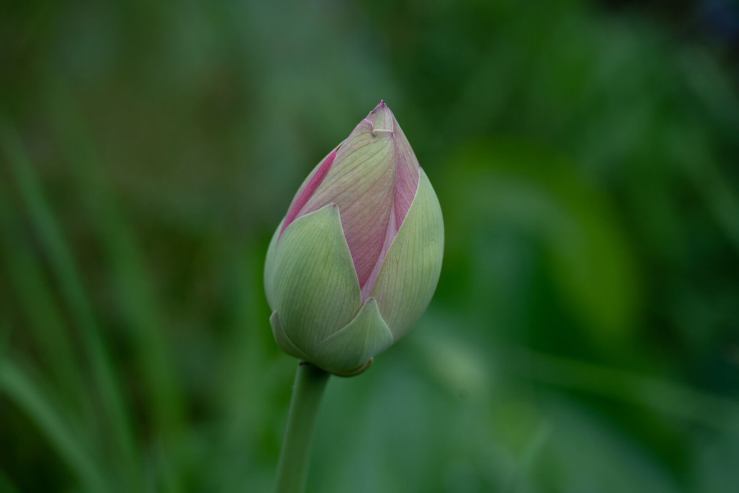
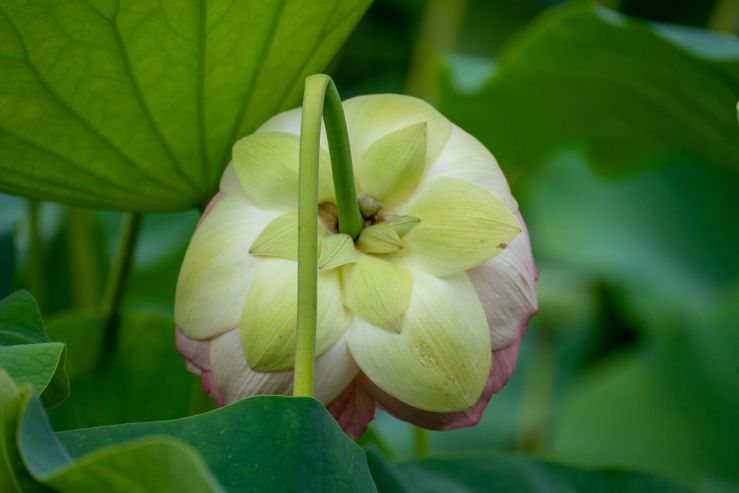
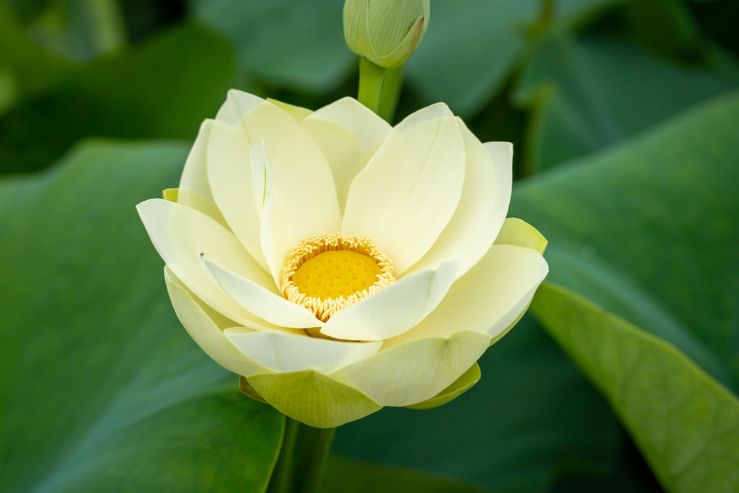
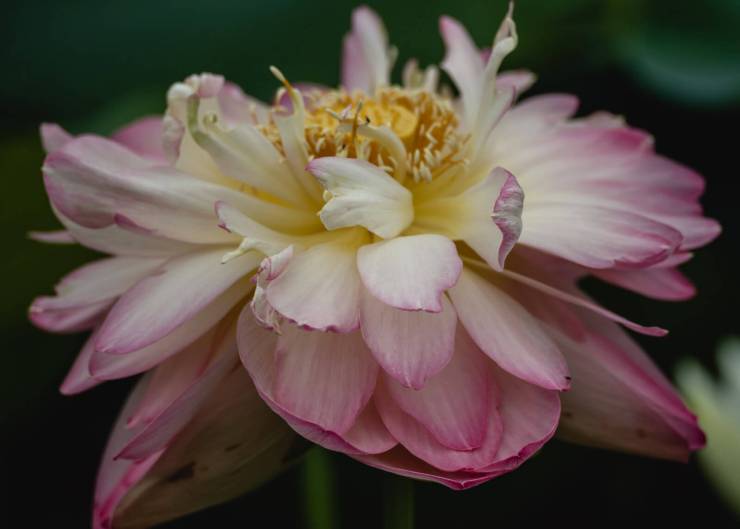
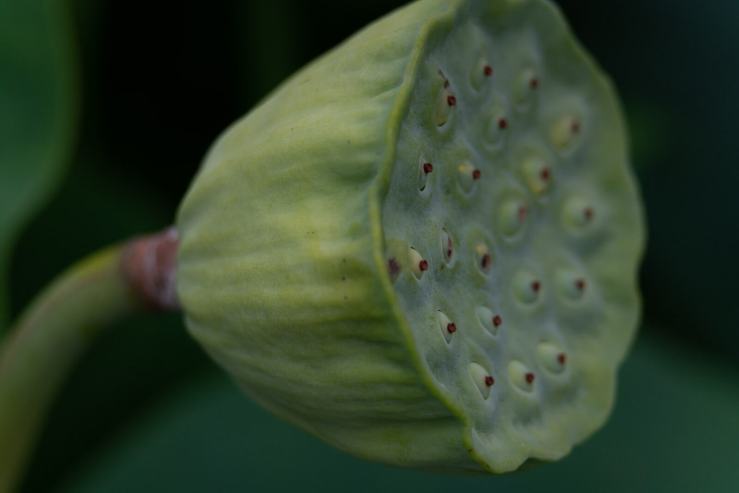
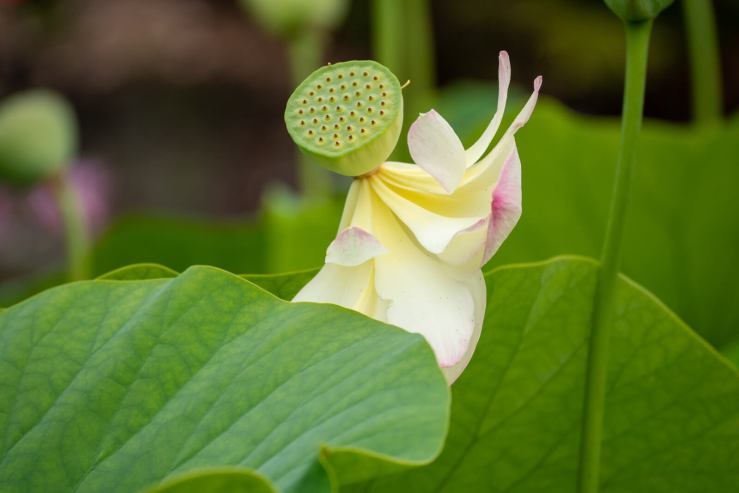





I have found the best way to capture these stunning flowers, was to study each one, looking for the feature that best defines each one. So many options to choose from, and it’s hard not to keep snapping away. As I had been before I found I was often looking for something a little more creative this time around. That didn’t stop me from taking hundreds of photos, but my favorites were definitely the moody, wind-swept monochrome images I captured.
.mgl-tiles { display: none; } #mgl-gallery-63de63ddc0982 { margin: -2.5px; width: calc(100% + 5px); } #mgl-gallery-63de63ddc0982 .mgl-box { padding: 2.5px; } @media screen and (max-width: 768px) { #mgl-gallery-63de63ddc0982 { margin: -2.5px; width: calc(100% + 5px); } #mgl-gallery-63de63ddc0982 .mgl-box { padding: 2.5px; } } @media screen and (max-width: 460px) { #mgl-gallery-63de63ddc0982 { margin: -2.5px; width: calc(100% + 5px); } #mgl-gallery-63de63ddc0982 .mgl-box { padding: 2.5px; } }




It was the most relaxing morning, followed by coffee and lunch with photography friends. Terrific way to spend a morning.
Tell your story with the second annual Visual Storytelling Conference!
Experience four days of interactive, online training sessions featuring a range of educational content with experienced photographers and content creators. This free event kicks off with a series of technical boot camps to build essential skills, followed by live, online sessions on photography, video, business and social media. Join live from March 10-13, 2022!
